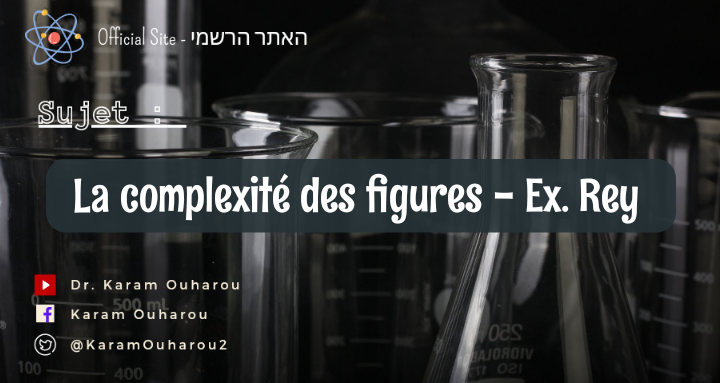Magnetic Flux Trapping in Hydrogen-Rich High-Temperature Superconductors - Unlocking the Mysteries of Enhanced Performance
Magnetic Flux Trapping in Hydrogen-Rich High-Temperature Superconductors
Unlocking the Mysteries of Enhanced Performance
Abstract :
Recent discoveries of superconductivity in various hydrides at high pressures have shown that a critical temperature of superconductivity can reach near-room-temperature values. However, experimental studies are limited by high-pressure conditions, and electrical transport measurements have been the primary technique for detecting superconductivity in hydrides. Here we implement a non-conventional protocol for the magnetic measurements of superconductors in a SQUID magnetometer and probe the trapped magnetic flux in two near-room-temperature superconductors H3S and LaH10 at high pressures. Contrary to traditional magnetic susceptibility measurements, the magnetic response from the trapped flux is almost unaffected by the background signal of the diamond anvil cell due to the absence of external magnetic fields. The behaviour of the trapped flux generated under zero-field-cooled and field-cooled conditions proves the existence of superconductivity in these materials. We reveal that the absence of a pronounced Meissner effect is associated with the very strong pinning of vortices inside the samples. This approach can also be a tool for studying multiphase samples or samples that have a low superconducting fraction at ambient pressure.
Superconductivity, the phenomenon in which certain materials can conduct electric current without any resistance, has intrigued scientists for decades. While the discovery of superconductivity in low-temperature materials was a major breakthrough, the dream of achieving room-temperature superconductivity remained elusive. However, recent advancements in the field have brought us closer to this goal, and one particular area of interest is the study of hydrogen-rich high-temperature superconductors.
High-temperature superconductors (HTS) are a class of materials that can achieve superconductivity at relatively higher temperatures compared to their low-temperature counterparts. They hold immense promise for practical applications, such as more efficient power transmission and magnetic levitation systems. However, these materials face a significant challenge in maintaining their superconducting properties in the presence of magnetic fields.
Magnetic flux, the measure of magnetic field lines passing through a given area, can penetrate the interior of superconductors when exposed to external magnetic fields. This phenomenon disrupts the superconducting state, leading to a loss of electrical current flow without resistance. Thus, finding ways to trap and immobilize the magnetic flux within high-temperature superconductors is crucial for their practical utilization.
In recent years, researchers have turned their attention to hydrogen-rich superconductors as a potential solution to the magnetic flux trapping problem. These materials, often containing complex crystal structures and hydrogen atoms, exhibit unique properties that may enhance their ability to confine magnetic flux.
One prominent example is the class of materials known as hydride superconductors. By introducing hydrogen atoms into the crystal lattice of a material, scientists have observed remarkable improvements in the superconducting properties. These hydride superconductors not only achieve higher critical temperatures but also display an increased tolerance to magnetic fields.
The enhanced magnetic field resilience of hydrogen-rich superconductors can be attributed to the unique interplay between hydrogen atoms and the surrounding crystal lattice. Hydrogen forms strong bonds with the host material, leading to the formation of microscopic regions called hydride layers. These layers act as a barrier, preventing the magnetic flux from penetrating further into the superconductor.
Additionally, the presence of hydrogen alters the electronic structure of the material, modifying its response to external magnetic fields. This alteration helps to confine the magnetic flux to specific regions within the superconductor, reducing its detrimental effect on the overall superconducting behavior. Furthermore, hydrogen-rich superconductors exhibit enhanced pinning forces, which trap the magnetic flux lines in well-defined patterns, further improving their performance.
The discovery and exploration of hydrogen-rich high-temperature superconductors have opened up exciting possibilities for practical applications. By understanding the underlying mechanisms of magnetic flux trapping in these materials, scientists can devise strategies to optimize their performance and overcome existing limitations.
However, challenges still remain. The synthesis of hydrogen-rich superconductors is a complex process, often requiring high pressures and specific reaction conditions. Moreover, the precise characterization and manipulation of the hydride layers demand advanced experimental techniques and theoretical models.
Nevertheless, the potential rewards are immense. Hydrogen-rich high-temperature superconductors hold promise not only for superconducting technologies but also for fundamental physics research. Exploring the intricacies of magnetic flux trapping in these materials may lead to breakthroughs in our understanding of superconductivity and pave the way for room-temperature superconductivity.
In conclusion, the study of magnetic flux trapping in hydrogen-rich high-temperature superconductors is a fascinating and rapidly evolving field of research. By harnessing the unique properties of these materials, scientists are making significant strides towards achieving practical and robust superconductivity in the presence of magnetic fields. As we unravel the mysteries surrounding the inter
play of hydrogen and magnetic flux, we inch closer to a future where superconductivity can revolutionize various technological domains, from energy transmission to transportation and beyond.


Comments